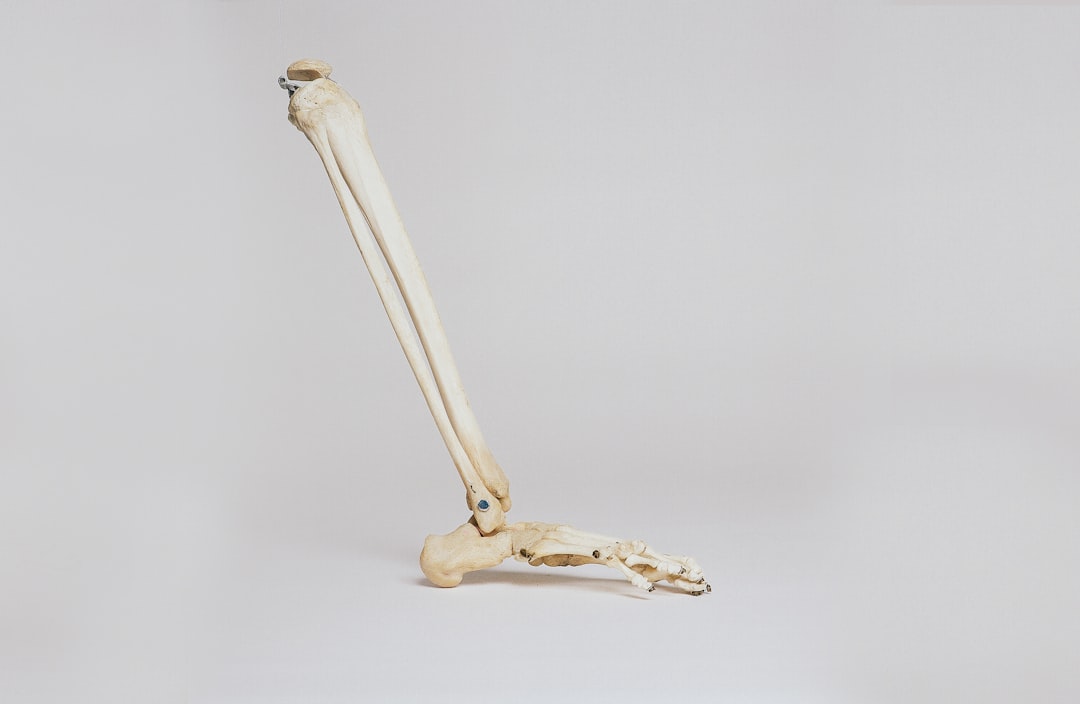What is it about?
Experimental crystallographic studies of minerals are often carried out under variable pressure and temperature conditions, (p-T). They provide detailed information on points in the structural landscape of a given mineral, such as coesite, which is the high-pressure polymorph of SiO2. The INA method allows this landscape to be fully mapped out by calculating the crystal structure at intermediate (p-T) points. A central problem in modelling the crystal structures of framework silicates is to follow the changes in distortion of the SiO4 tetrahedra under varying (p-T) conditions with quantitative precision. A general, six-parameter parameterization of these tetrahedra is defined, which leads to their representation as pseudocubes. The departure of a given tetrahedron from perfect regularity leads to a departure of the corresponding pseudocube from perfect cubicity. Such cubic distortions are well known to crystallographers and other solid-state scientists, as they mirror the progression from a cubic to a triclinic unit cell. Tetrahedral distortions, however, are not the whole story concerning the (p-T)-evolution of a mineral's structure. The centres of the tetrahedra, together with their tilts, also change. It is here that the INA method, introduced in the earlier 2017 Acta Cryst. B article concerning olivines, comes in. These changes are followed by examining the systematic variation of interionic distances in the separate cationic and anionic networks. Thus sets of curves can be derived to describe the evolution of the whole crystal structure - tetrahedral distortions as well as the positions of silicon ions and tetrahedral centres - over the complete experimentally determined (p-T) range and beyond. This ability to extrapolate outside the known (p-T) range provides a method of anticipating the occurrence of phase transitions. If no solution to the sets of curves can be found at a given p,T-value, it follows that another phase will be more stable. The wider applicability of the method is demonstrated by reference also to alkali feldspars, quartz and cristobalite. A novel approach to describing distortion of a tetrahedron in terms of normal and shear distortions of the related pseudocube is also introduced.
Featured Image
Why is it important?
The ability to use experimental crystallographic data directly for the central issue of mineral phase stability under variable (p-T-X) conditions is novel and timely. The bundling of high quality structural data into curves describing evolutionary structural trends is new. A quantitative treatment of tetrahedral expansion, contraction and distortion under variable (p-T-X) conditions has proven difficult to achieve over the years. There has always been a tendency for workers to assume perfectly regular or ideally distorted tetrahedra. The pseudocubic parameterization introduced here provides a solution to this general problem. With respect to framework silicates, up to six oxygen ion variable parameters are used up in describing tetrahedral volume and distortions alone. This leads to fewer parameters being left over for a description of the centres of coordinates of the tetrahedra and their tilts. It follows that the quantitative treatment of tetrahedral tilting, which is also a challenging problem, can be simplified. If the positions, volumes and distortions of the tetrahedra are known, the tilting of the octahedra can be seen simply as the means of joining them up to form a structural framework.
Perspectives
This article took shape originally as the outcome of a project for my co-author, Melina Reifenberg, who is a student of Materials Engineering, Glass and Ceramics in our Bachelor's degree course in Koblenz . The comments of one of the referees, however, led to the article becoming longer and more discursive. I hope that the final, published form enables a good understanding of the ideas presented.
Professor Noel William Thomas
Hochschule Koblenz
Read the Original
This page is a summary of: Ionic network analysis of tectosilicates: the example of coesite at variable pressure, Acta Crystallographica Section B Structural Science Crystal Engineering and Materials, March 2018, International Union of Crystallography,
DOI: 10.1107/s2052520618001312.
You can read the full text:
Contributors
The following have contributed to this page










